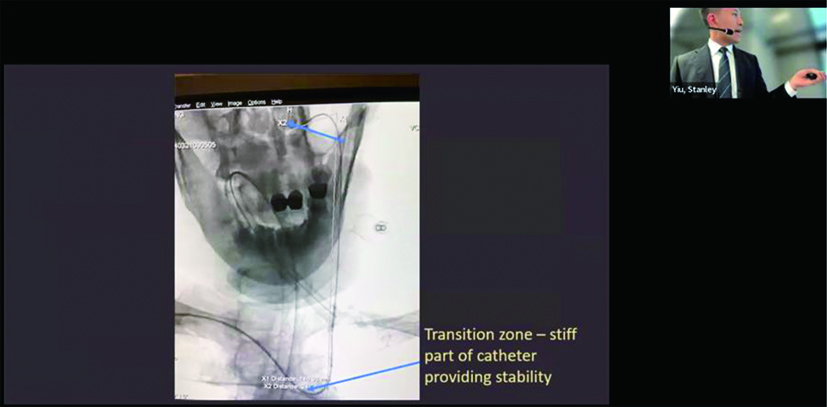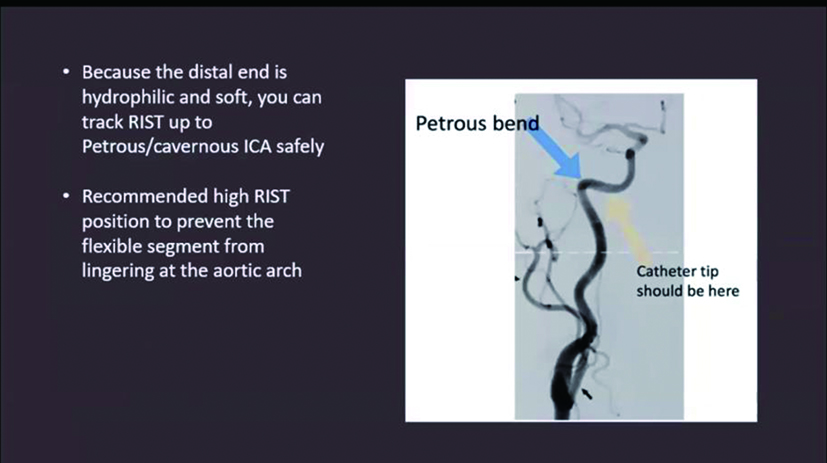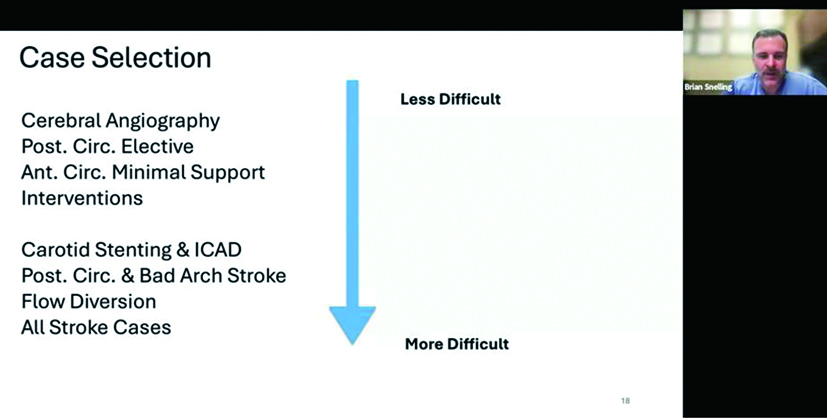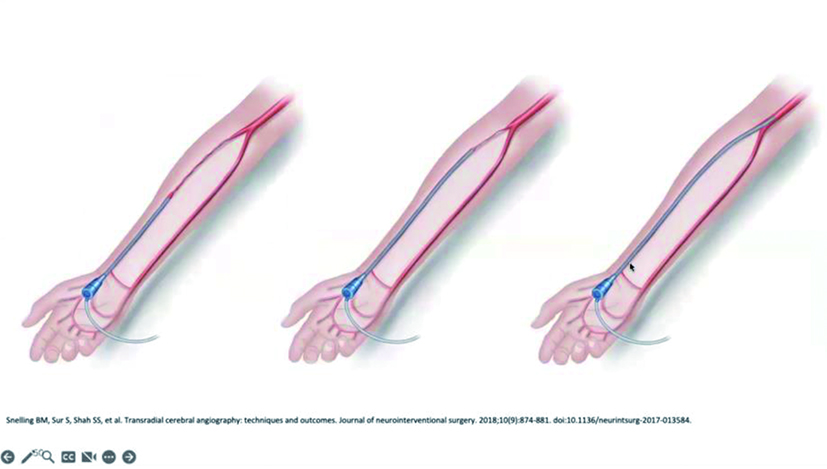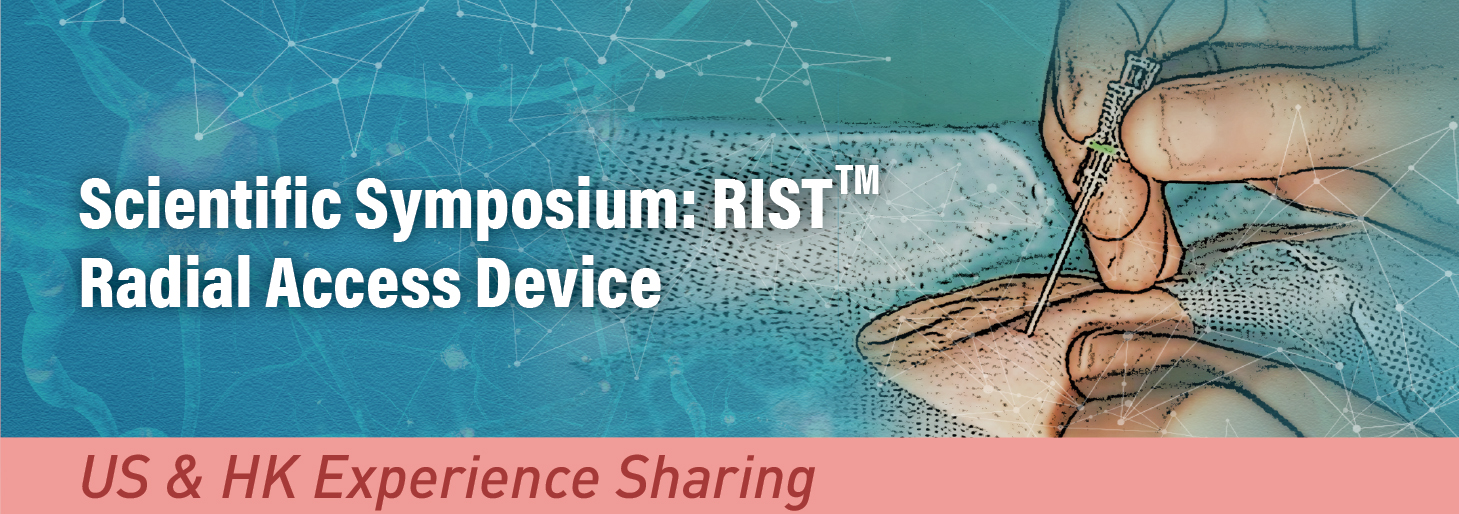
 |
 |
|
Dr. Edward Chu, Consultant of Radiology Department, Queen Mary Hospital, HK |
Dr. Brian Snelling, Director of Cerebrovascular and Endovascular Neurological Surgery, Neurosurgeon, Boca Raton Regional Hospital, Florida, US |
A shift in diagnostic and treatment paradigm in interventional cardiology and neurology from transfemoral access (TFA) to transradial access (TRA) has been seen in the last two decades. Numerous advantages of TRA, including reduced length of hospital stay, and cost, in addition to improving patient satisfaction, have led to an increased utilisation of TRA in neurovascular surgeries. Despite the apparent benefits of TRA, resistance is often met in clinical practice. On the 24th April 2024, a symposium titled “RISTTM Radial Access Device US & HK Experience Sharing” was held to facilitate the sharing of clinical experience in using TRA devices in vascular surgeries.
Dr. Edward Chu, Consultant Radiologist at the Department of Radiology in Queen Mary Hospital, was invited to share his expertise in utilising TRA in clinical practice in Hong Kong. Dr. Chu began the lecture by highlighting the evidence supporting TRA use over TFA, followed by sharing his clinical practices and ways to optimise the procedure. He then shared clinical cases to demonstrate the benefits of the TRA. More importantly, he discussed the obstacles that he faced during the procedure and how the RISTTM system helped him overcome the anatomical difficulties, such as aortic arch types.
Following Dr. Chu’s presentation, Dr Brian Snelling was invited to share his expertise and practice. Dr. Snelling is the Director of Cerebrovascular and Endovascular Neurological Surgery, and a renowned neurosurgeon at Boca Raton Regional Hospital in Florida. To begin the presentation, Dr. Snelling illustrated the traditional difficulties navigating to the subclavian artery due to the anatomical variations (radial loop, and higher bifurcation of the radial artery). Dr. Snelling also elaborated on how the long sheath feature in the RISTTM system helped reduce spasms. Additionally, he explained that in order to increase the adoption of TRA technique, physician’s case selection played a key role, and practising on easier cases early on may help ease the transition from TFA to TRA. In addition, Dr. Snelling provided examples of clinical and anatomical characteristics that favour TRA and demonstrated those who received the maximum benefits from such technique. He stressed that the support, flexibility, and options of the RISTTM system enabled smoother insertion of catheters, especially when navigating through the acute kinking in radial pathways. The symposium was followed by a brief Q&A session and dinner.
